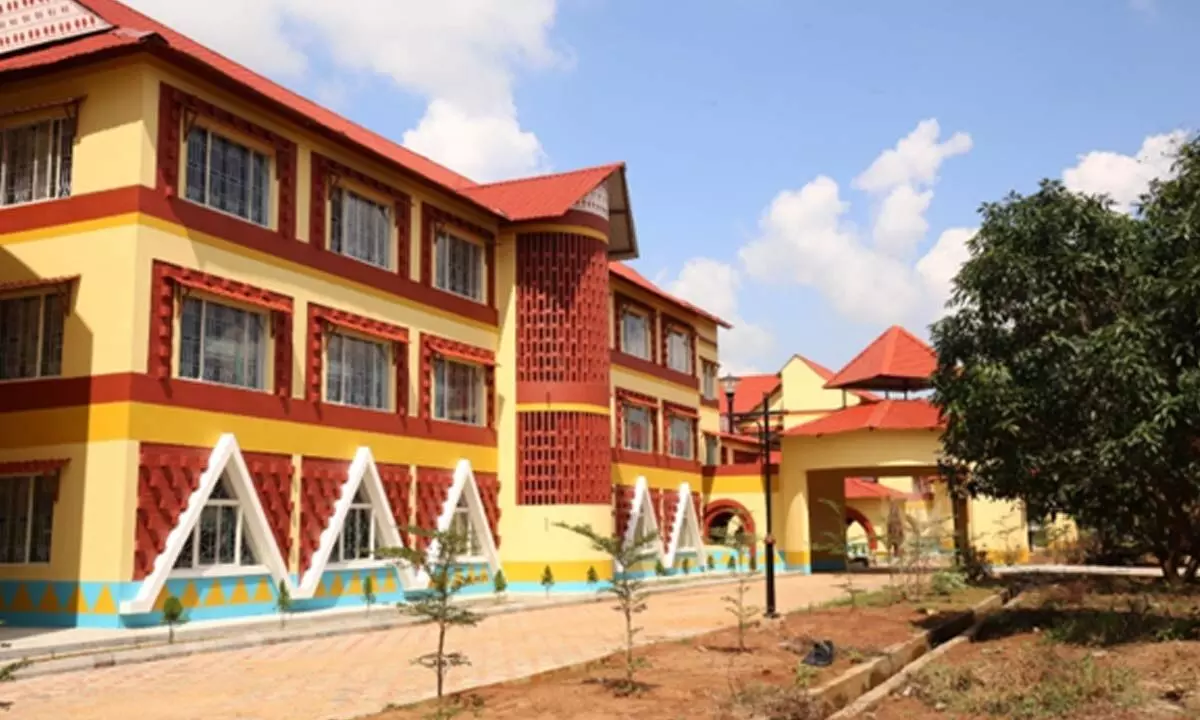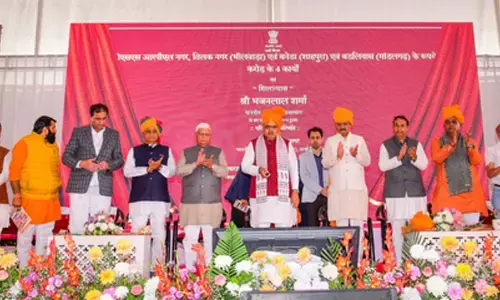Traditional Aesthetics in Contemporary Architecture: SS Ray’s Design Methodology

The integration of traditional aesthetics into modern architecture bridges cultural heritage with contemporary needs. This design approach reinterprets historical principles to create meaningful, functional, and contextually responsive spaces
The integration of traditional aesthetics into modern architectural practices is a primary design strategy that serves to meet both cultural continuity and modern functional needs. This approach investigates the way historical design elements, space concepts, and cultural symbolism can be redefined in modern architectural forms.
The exchange between tradition and modernity in architecture has undergone a significant shift throughout the course of the 20th century. Early movements in modernism frequently eschewed historical reference for functionalism and technological representation. Yet, by the final quarter of the 20th century, architects had come to reconsider the potential value of traditional elements of design in making connections between buildings and their cultural milieu.
This design philosophy works on the assumption that architectural traditions contain generations of environmental knowledge and cultural meaning. Instead of literal reproduction of historical forms, modern interpretations attempt to comprehend the underlying principles that governed traditional architecture. Architects such as S.S. Ray have investigated how these principles can be used to guide modern design solutions while being sensitive to today's functional needs and technological possibilities.
A number of fundamental elements define the incorporation of traditional aesthetics in modern architecture. These are the reinterpretation of spatial hierarchies, the abstraction of ornamental motifs, the investigation of proportional systems, and the use of traditional material applications. These are not simply superficial decorations but essential components of architectural expression that relate buildings to their cultural and historical contexts. Spatial arrangements within most of the traditional systems of architecture followed distinct patterns that had to do with cultural values, climatic needs, and social hierarchies. Modern adaptations of these concepts of space accept their initial functions but reinterpret them to meet modern requirements and technologies of building.
The choice and use of materials are key to reconciling historical aesthetics with modern demands. People tend to imbue historical materials with certain cultural meanings and adapt them to regional environmental factors. Modern methods could utilize these materials with new construction methods or replace them with present-day equivalents that produce analogous visual and experiential effects.
The strategy for integrating traditional aesthetics differs greatly between various geographical and cultural zones. In zones where there are robust vernacular traditions, practitioners tend to derive more explicit inspiration from regional building traditions. Alternatively, zones with several historical influences may cultivate more eclectic or synthesized strategies toward traditional sources.
This design approach confronts a number of challenges, such as the likelihood of superficial historicism, possible cultural misappropriation, and reconciling original expression with today's performance expectations. Critics are often critical about whether or not traditional aesthetics can contribute in some real way to present-day social and environmental concerns without turning nostalgic or simply becoming ornamental.
Even in the face of these challenges, the integration of traditional aesthetics remains a source of rich insights into architectural design. It allows architecture to express cultural identity, make environmental responses based on historical insight, and generate environments with psychological familiarity and comfort for occupants.
Architectural education is increasingly acknowledging the value of learning about traditional design principles. Such an educational approach focuses on critical analysis of historical precedents as opposed to stylistic imitation, inviting students to derive conceptual and technical information from traditional architecture that can guide innovative design solutions.
The theoretical foundations of this method intervene in ideas of critical regionalism, cultural sustainability, and phenomenological analyses of architectural experience. These theoretical paradigms enable architects to explain how traditional references can be used to construct meaningful contemporary built environments.
The incorporation of traditional aesthetics into modern architecture is a subtle practice that recognizes historical continuity as well as contemporary contexts. In its thoughtful application, this method produces buildings that speak to cultural memory and address modern functional needs. Architect S.S. Ray's practice in this regard is a systematic attempt to apply traditional design principles in modern-day architectural practice. His works reflect a research-driven process of examining regional building traditions and distilling their fundamental spatial concepts, material applications, and environmental strategies. SS Ray's process is to document traditional building elements, examine their functional and cultural meaning, and translate these findings into design solutions that meet contemporary needs. This method neither sentimentalizes tradition nor ignores it as irrelevant but rather engages with historical precedent as a source of architectural knowledge that can inform design choices today.


















